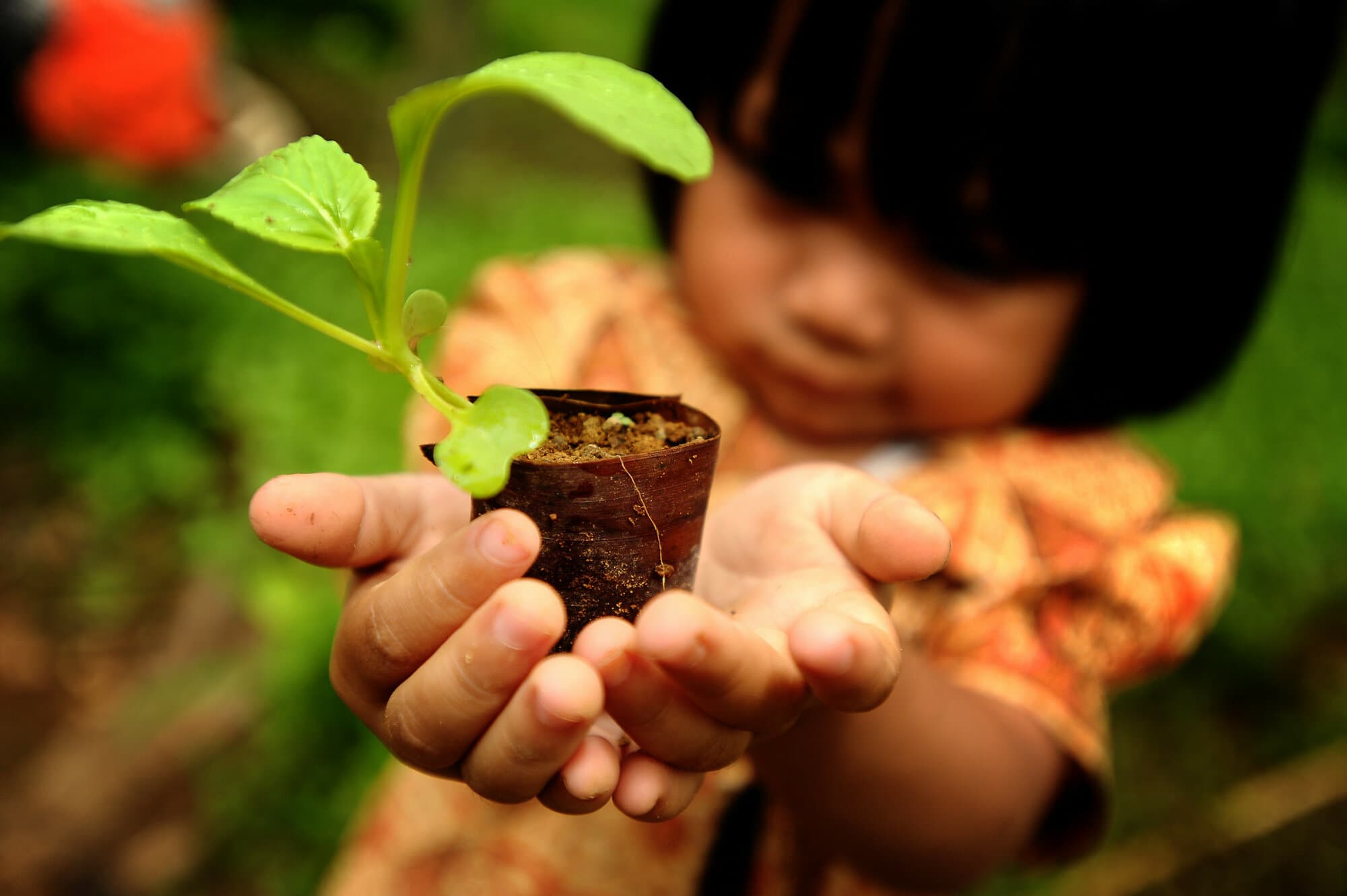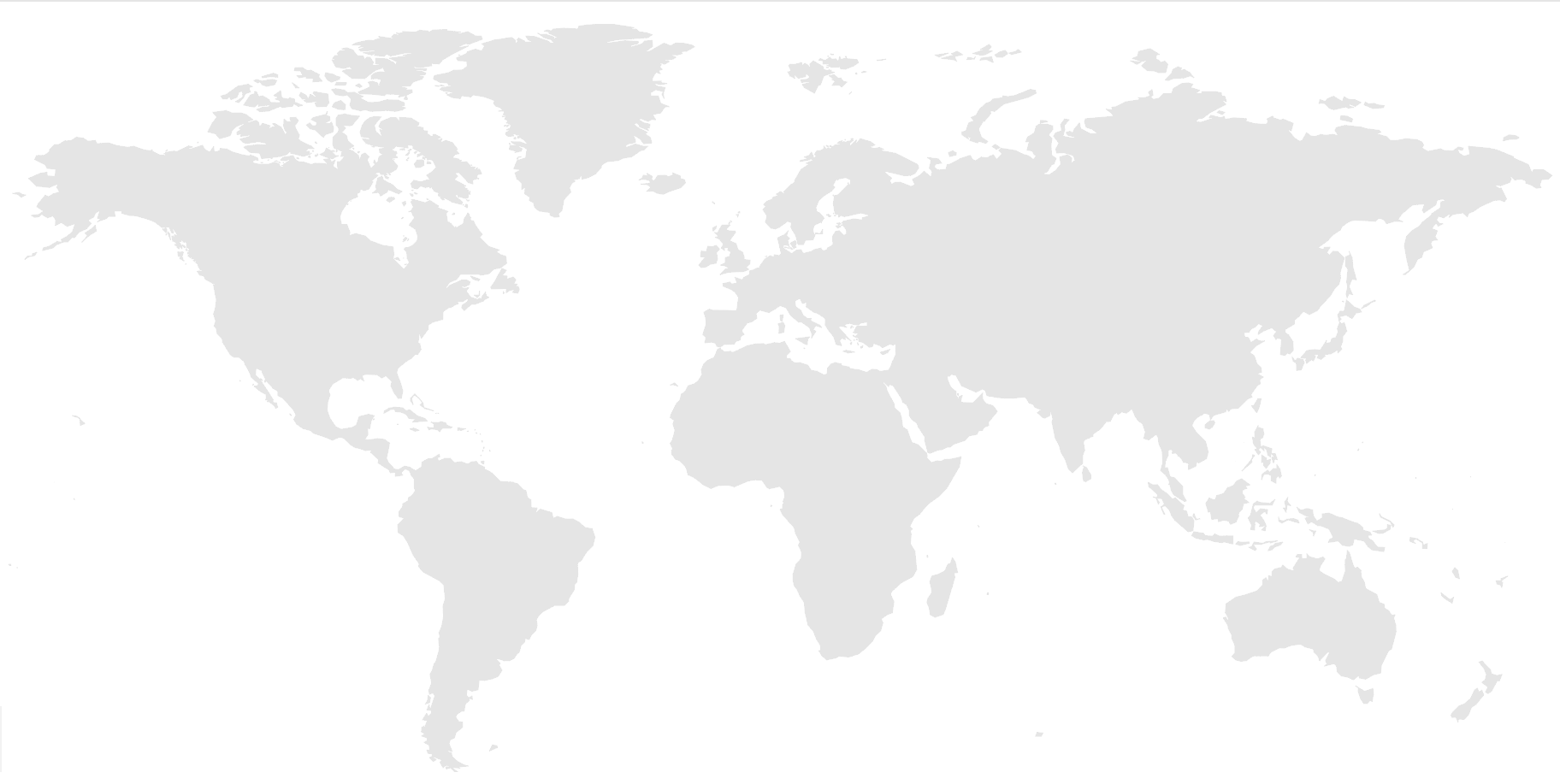Challenge
Today the challenges facing food, land, and water systems are numerous and complex: more than 700 million people live in absolute poverty, with millions more young people seeking jobs every year; at least 2 billion people are hungry, micronutrient-deficient, or overweight or obese; gender gaps persist; natural resources are under stress; and climate change compounds these challenges.
In addressing these interlinked challenges, the choices facing national governments and their development partners have become increasingly complicated — synergies are possible, but trade-offs are often unavoidable. Decision-makers need better evidence to help them choose actions that minimize trade-offs and advance progress towards collective goals. Cross-cutting capacity is needed to understand system-level interactions and outcomes.
Objective
This Initiative aims to leverage innovative use of data, state-of-the-art analytics and deep and ongoing dialogue with national, regional and global partners to offer better insights into alternative transformation pathways that can inform choices and sharpen decision-making today, leading to more inclusive food, land and water systems.
Activities
This will be achieved through:
- Identification of megatrends affecting food, land and water systems at global and regional scales, including changes in population, income, technology, urbanization, inequality, migration, diets, land and water use and climate (including extreme events), along with their impacts on nutrition, poverty, inclusion, greenhouse gas emissions and the environment.
- Addressing regional and national challenges and priorities, providing more in-depth and comprehensive foresight analysis and more immediate policy recommendations to national decision-makers and partners.
- Enhancing access, transparency and use of tools, data and metrics, reducing barriers for governments and researchers, especially in developing countries.
- Enhancing foresight skills and making learning actionable, through 1) jointly assessing key foresight training needs; 2) developing scaling mechanisms for the uptake of integrated foresight tools, data and analysis; 3) building capacity on foresight tools, data and analysis; and 4) monitoring key outcome and impact indicators to inform the Initiative’s learning processes and enable course adjustments.
Engagement
This Initiative will work in the following countries: Bangladesh, Brazil, China, India, Indonesia, Kenya, Malawi, Nepal, Rwanda, South Africa and Zambia.
Outcomes
Proposed 3-year outcomes include:
- Better-informed global and regional decision-making. Global and regional partners contribute to and use foresight analysis to inform their decisions about investments to transform food, land, and water systems in ways that improve nutrition, livelihoods, equity, climate adaptation and mitigation, and environmental outcomes.
- Better-informed national policy choices. Governments in at least six countries contribute to and use foresight analysis to better reflect climate risk in policy dialogues and decision-making, including policies and investments designed to make food, land, and water systems more resilient, while recognizing synergies and trade-offs with other goals relating to nutrition, livelihoods, equity, and the environment.
- Improved access to foresight tools and data. National, regional, and global partners in at least six countries and two regions contribute to and have access to state-of-the-art foresight tools, data, and systems-level metrics that identify major drivers and impacts on food, land, and water systems at national, regional, and global levels under alternative future scenarios.
- Strengthened national foresight capacity. National partners in at least six countries where foresight capacity is still nascent, and other partners as appropriate, gain enhanced knowledge, aptitude and skills with foresight tools, data, metrics, and analysis relevant to food, land, and water systems, through access to innovative training and delivery platforms and through collaborative research.
Impact
Projected impacts and benefits include:
 |
POVERTY REDUCTION, LIVELIHOODS & JOBS
More decent jobs are created in agrifood systems, and 1.6 million people are supported to move out of poverty by identifying sustainable, inclusive development pathways that enable CGIAR technologies and innovations and national policies and investments to more effectively reach target populations, including smallholder farmers, the working poor, and vulnerable consumers. |
 |
NUTRITION, HEALTH & FOOD SECURITY
Nutrition is improved by providing national governments, regional organizations and funding agencies with credible and useful information on the impacts of changing demand, novel technologies, and alternative policy and investment strategies on nutrition-related outcomes, including diet costs and quality, under a range of climate and socioeconomic conditions. This results in 5.5 million people meeting minimum dietary energy requirements. |
 |
GENDER EQUALITY, YOUTH & SOCIAL INCLUSION
The gender gap is narrowed, creating more and better livelihood opportunities for women and youth, and promoting inclusion of lagging regions and marginalized populations by analyzing the distributional implications of policy and investment options (including gender-intentional interventions), and identifying more equitable development pathways. Around 81,000 new jobs for women are created. |
 |
CLIMATE ADAPTATION & MITIGATION
Adaptation to climate change and extremes is enhanced through improved quantification of climate impacts and options to address them, and greenhouse gas emissions are reduced while carbon sequestration is increased in agrifood systems through improved analysis of costs and benefits of alternative technologies and of changes in poverty, employment, and diets. This results in a reduction of 20 million tonnes of CO2 equivalent emissions. |
 |
ENVIRONMENTAL HEALTH & BIODIVERSITY
Evidence-based policy and investments lead to expanded irrigation, improved water use efficiency, and increased soil water-holding capacity, saving 2.64 km3 consumptive water use in food production. Foresight analysis and data identify pathways that ensure environmental sustainability is an outcome of food systems transformation. |
 |
For more details, view the Initiative proposal |
Header photo: Three-year old Rosita holds a cabbage seedling to be planted in a nursery in Situ Gunung, Indonesia. Photo by R. Martin/CIFOR.












